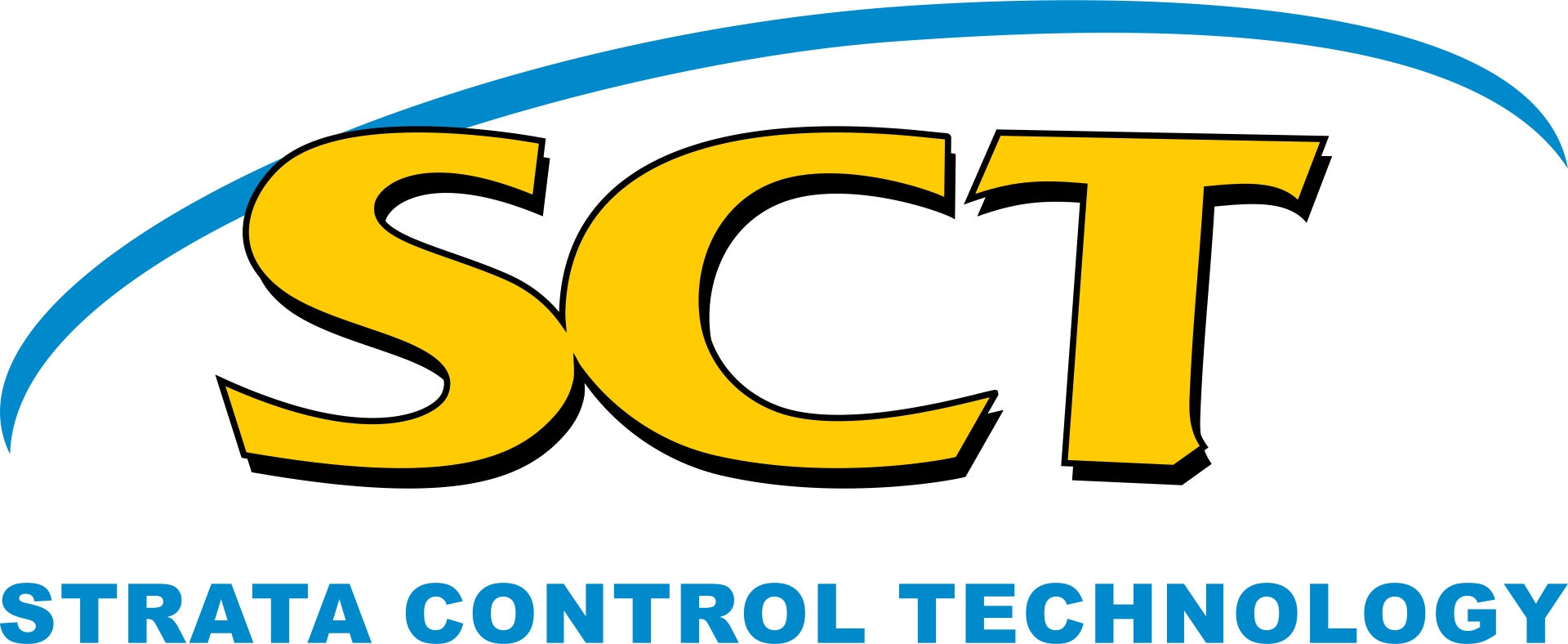Welcome to SCT's own publications library which contains a collection of recent publications and other resources with reliable research about our technology.
-
Experience of Using the ANZI Strain Cell in Exploration Boreholes to Determine the Three Dimensional Stresses at Depth - J.Puller, K.Mills
Published Sep, 2018This paper describes recent use of the ANZI (Australia, New Zealand Inflatable) strain cell and the overcoring method of stress relief in exploration boreholes to determine three dimensional in situ stresses at depths approaching 1km in a one-day operation. The results from each of the various stages of a routine overcoring operation are described to illustrate the information each step can provide. The results from an Australian site is presented to illustrate the opportunities to characterise the three dimensional in situ stress environment when multiple high confidence measurements are achieved. The ANZI strain cell is an instrument system that uses the overcoring method of stress relief to determine the three dimensional in situ stresses in rock. The instrument has been used successfully for over three decades in numerous underground mining and civil projects, but technical advances over the last decade have allowed the system to be deployed routinely in surface exploration boreholes. Recent development of a downhole high-precision data logger, a wireline enabled drilling system and an instrument deployment system has simplified the process of obtaining three dimensional overcore measurements remote from any underground excavation at depths approaching 1km. J.Puller-Experience-of-Using-the-ANZI-Strain-Cell-in-Exploration-Boreholes-to-Determine-the-Three-Dimensional-Stresses-at-Depth.pdf1.3 MB -
In-Situ Stress Measurements and Stress Change Monitoring to Monitor Overburden Caving Behaviour and Hydraulic Fracture Pre-Conditioning - Jesse Puller, Ken Mills, Rob Jeffrey
Published Jul, 2015A coal mine in New South Wales is longwall mining 300 m wide panels at a depth of 160–180 m directly below a 16–20 m thick conglomerate strata. As part of a strategy to use hydraulic fracturing to manage
potential windblast and periodic caving hazards associated with these conglomerate strata, the in-situ stresses in the conglomerate were measured using ANZI strain cells and the overcoring method of stress relief. Changes in stress associated with abutment loading and placement of hydraulic fractures were also measured using ANZI strain cells installed from the surface and from underground. Overcore stress measurements have indicated that the vertical stress is the lowest principal stress so that hydraulic fractures
placed ahead of mining form horizontally and so provide effective pre-conditioning to promote caving of the conglomerate strata. Monitoring of stress changes in the overburden strata during longwall retreat was undertaken at two different locations at the mine. The monitoring indicated stress changes were evident 150 m ahead of the longwall face and abutment loading reached a maximum increase of about 7.5 MPa. The stresses ahead of mining change gradually with distance to the approaching longwall and in a direction consistent with the horizontal in-situ stresses. There was no evidence in the stress change monitoring results to indicate significant cyclical forward abutment loading ahead of the face. The forward abutment load determined from the stress change monitoring is consistent with the weight of overburden
strata overhanging the goaf indicated by subsidence monitoring. In-Situ-Stress-Measurements-and-Stress-Change-Monitoring-to-Monitor-Overburden-Caving-Behaviour-and-Hydraulic-Fracture-Pre-Conditioning-Jesse-Puller-Ken-Mills-Rob-Jeffrey-2015.pdf1.8 MB -
Experience of Using the ANZI Strain Cell for Three Dimensional In Situ Stress Determinations in Deep Exploration Boreholes - Ken Mills - Jesse Puller
Published Feb, 2014This paper describes the Australia, New Zealand Inflatable (ANZI) strain cell, its operation, and recent development for overcoring in exploration boreholes. The ANZI strain cell is an instrument system that uses the overcoring method of stress relief to determine the three-dimensional, in-situ stresses in rock. The instrument has been used successfully for over three decades in numerous underground mining and civil projects, but technical advances over the last decade or so have allowed the system to be deployed in surface exploration boreholes to greater depths than was previously possible. Recent development of a downhole electronic data logger, a wireline-enabled drilling system, and an instrument deployment system has simplified the process of obtaining three-dimensional overcore measurements at depths approaching 1km to a single shift operation.
The capability to deploy ANZI strain cells in surface exploration boreholes represents a significant breakthrough for the design of underground mines and underground excavations generally. Highconfidence characterisation of the in-situ stresses at the design stage provides the opportunity to design key infrastructure and mining systems to take advantage of the in-situ stress field from the outset before mining begins. Understanding the three-dimensional, insitu stress field not only provides a measure of the magnitude and direction of loads acting within the rock mass, it also provides insight into the mechanics of all the various processes driving ground deformations, including which geological fault structures are at limiting equilibrium. Experience-of-Using-the-ANZI-Strain-Cell-for-Three-Dimensional-In-Situ-Stress-Determinations-in-Deep-Exploration-Boreholes-2014.pdf2.6 MB
